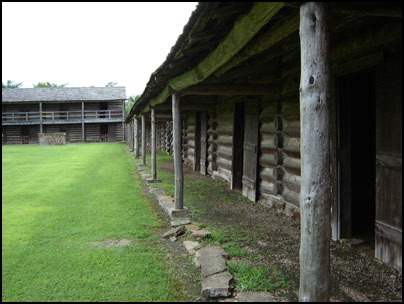 In 1824, Cantonment Gibson (renamed Fort Gibson in 1832) was built and commanded by Colonel Matthew Arbuckle as a western outpost in Indian Territory to rest the growing tension between the Osage and the Cherokees. In 1838-1839, however, the fort took on a new role as a terminus for the Trail of Tears, the forced removal of the Cherokee people from the east to Indian Territory. Here, Cherokees would receive rations and supplies to help them settle into their new homeland.
In 1824, Cantonment Gibson (renamed Fort Gibson in 1832) was built and commanded by Colonel Matthew Arbuckle as a western outpost in Indian Territory to rest the growing tension between the Osage and the Cherokees. In 1838-1839, however, the fort took on a new role as a terminus for the Trail of Tears, the forced removal of the Cherokee people from the east to Indian Territory. Here, Cherokees would receive rations and supplies to help them settle into their new homeland.
During the Civil War, the fort served as a Union post. The fort housed many pro-Union Cherokees, taking refuge from the pro-Confederate Cherokees.
The Confederates made several attempts to take the fort, including an attack by Cherokee Colonel Stand Watie at the Battle of First Cabin Creek, and an attack led by General Douglas Cooper at the Battle of Honey Springs, the largest Civil War battle fought in Indian Territory. These attempts failed and the fort remained in Union hands until the end of the war.
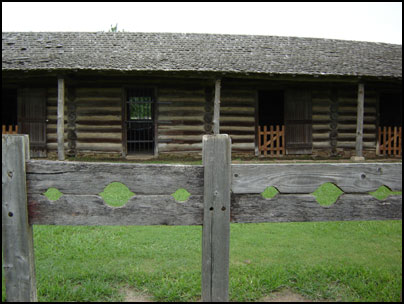
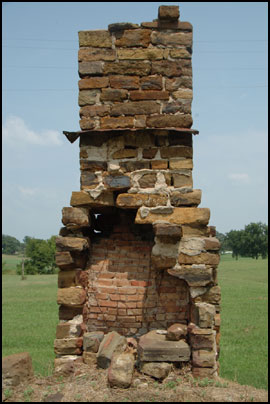
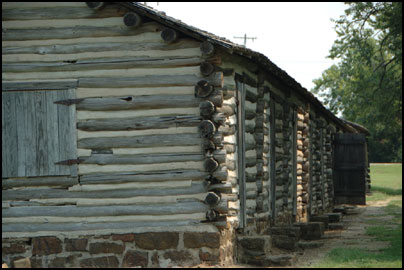
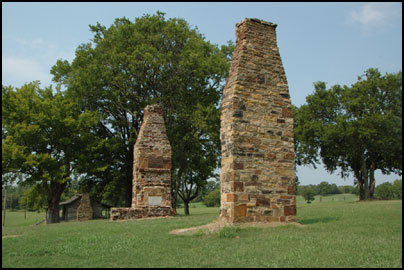
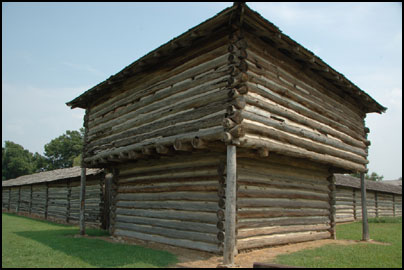
Fort Gibson Travel Details
The fort is open Tuesday – Saturday 10 a.m. – 5 p.m. Admission is $4.00-7.00.
Directions: Fort Gibson is just across the Arkansas River from Muskogee, Oklahoma to the southeast of Tulsa, Oklahoma. For specific directions, click the “Directions” link in the location bubble of the map above and enter your starting location on the left.
GPS & Map: 35.80382261704039,-95.2575159072876